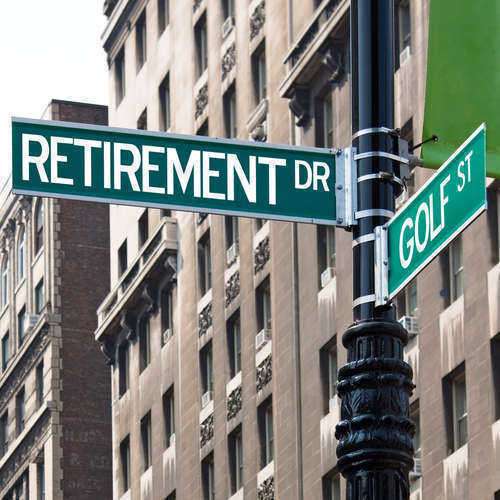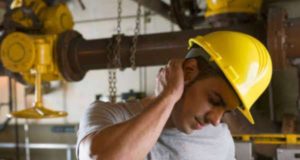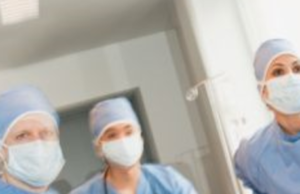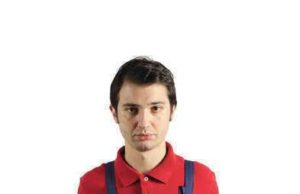Guide to Retirement Pension

The general financial area made up of pension plans is heavily reserved for the specific option of a retirement pension, as might also be referred to as an Old Age Pension. A retirement pension, or old age pension, can be offered in various forms, as might be determined either by the employer responsible for making the retirement funding plan available to her or his employees as an incentive for securing the use of employees and satisfying U.S. labor laws, or in other cases by the selection of the individual from the retirement pension options made available.
An old age pension can be made available through various sources, as can include both governmental agencies and businesses. A retirement pension plan, as is generally designated as such in the United States, and might alternately be referred to as old age pension schemes in areas such as the United Kingdom, can be set at fixed rates, in which the employer agrees to secure payments to the employee at a certain amount, as will require regular contributions from both the employee and the employer, to varying amounts.
A retirement pension might also be set up by making investments into various kinds of stocks or other investment options. A retirement pension can also be referred to as deferred compensation, in which the employee agrees to hold off on receiving payments immediately and instead provides for the period after she or he no longer receives regular payments from steady employment, allowing for old age pension to satisfy financial needs.





























